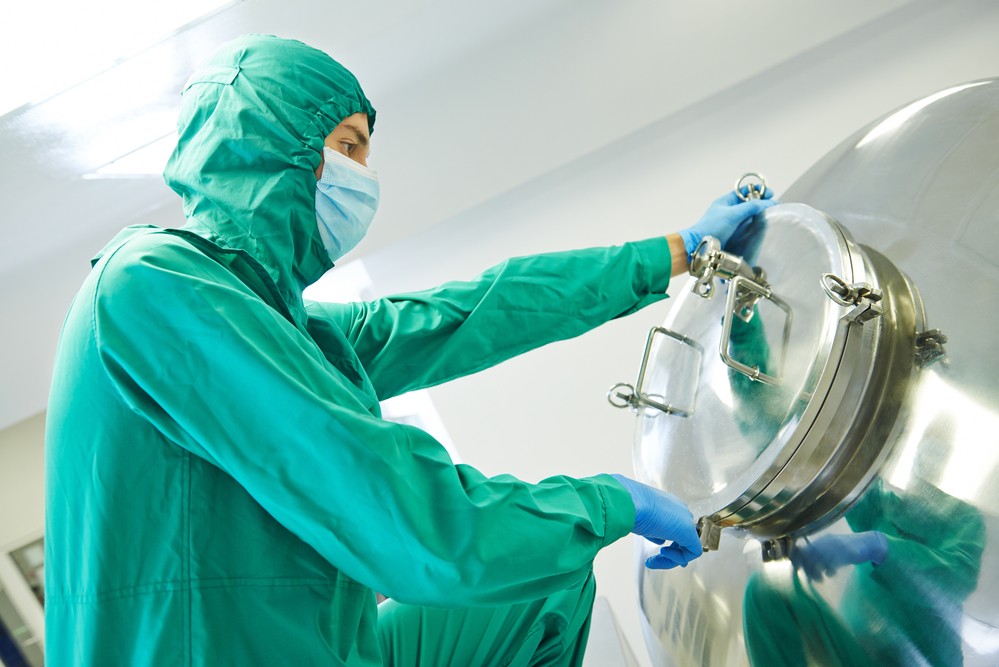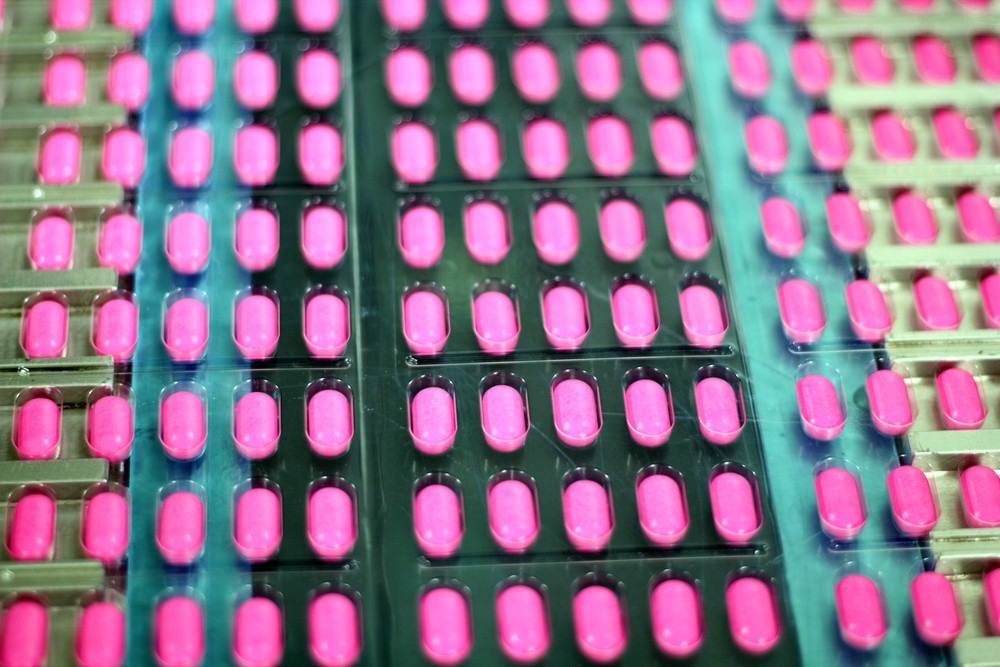Until recently, the majority of the pharmaceutical industry relied on a process known as batch manufacturing to supply their goods to the public. However, with the proliferation and sustained interest in certain drugs, continuous pharmaceutical manufacturing has become increasingly popular in recent years. While both batch processing and continuous flow manufacturing are great tools within the pharmaceutical industry – both have their ups and downs depending on the needs of pharmaceutical manufacturers and consumers.
The Difference Between Batch and Continuous Processing
Traditional pharmaceutical batch processing sees the various components of a drug brought together through a step-by-step process. As the materials go from step to step, the current batch must finish before a subsequent batch can be processed. There may be upwards of six or seven steps in the process that are completed within six or seven pieces of equipment before a product is complete.
Continuous pharmaceutical manufacturing sees a drug taken from its base ingredients to the final product with no need to stop during production. This means there is no need to shut down equipment and no down time as the product is created.
Essentially, batch processing must stop from step to step throughout creation while the continuous process creates a product with no need to stop until the product is complete. Both processes provide pros and cons to the manufacturer, and either one is a perfectly sound way to produce a great final product, depending on your needs. A good visual of this process can be seen here.
The Advantages of Batch Production
Perhaps the most definite advantage of batch production is that the set-up costs are initially less expensive. Also, each batch is more easily tailored to be unique. Lastly, there are certain products and materials that require batch manufacturing due to their composition or formula.
Using batch production, drug companies can produce specific amounts of a certain product and then adjust their manufacturing priorities according to the changing demands of the market.
Advantages of Continuous Manufacturing
On the whole, the pharmaceutical manufacturing industry loses about $50 billion a year because of the general inefficiency of batch processing — whether it’s due to time constraints, shipping losses, contamination, or the expense of a recall. Continuous manufacturing can be a potential solution to that problem.
Continuous pharmaceutical manufacturing is more time-efficient, reduces energy needs, helps to increase productivity and reduces the amount of overall waste. The risk of human error is also reduced because continuous processing means fewer people are involved in the production process from start to finish. Many have inquired about issues that may arise in the case of a recall using the continuous manufacturing method, but worries can be quickly put aside by using lot numbers.
General Kinematics Is Your Universal Solution
Whatever type of processing is right for your business, General Kinematics has the solution because our bulk processing and material handling equipment is second to none. Whether batch or continuous, we can help set up your pharmaceutical manufacturing process with the essential GK vibratory equipment that get’s the job done right the first time.
No matter what kind of manufacturing process you require, General Kinematics is here for you. Contact one of our expert representatives today.








